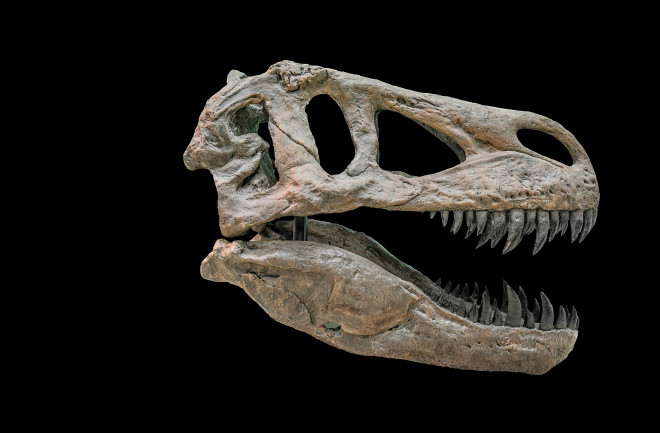Paleontologists know a lot about Tyrannosaurus rex from the abundance of fossilized specimens they’ve found throughout North America. They know, for instance, that the theropod had sharp, serrated teeth, each the size of a banana, and a bite force over a hundred times that of a human. They also know that the species had a huge head, almost 5 feet from front to back. But, in the absence of brain tissue, what was inside that massive skull has remained a mystery.
In a study published in the June 2023 issue of the Journal of Comparative Neurology, Suzana Herculano-Houzel, a neuroscientist and associate professor of psychology at Vanderbilt University, took a controversial first stab at calculating the neuronal count of several species of dinosaur, including T. rex.

